The young model is depicted bust-length, three-quarter view, standing out against a gray-green background.
She is styled according to the fashion of the time "in racket" (the hair is raised on the temples forming a heart), her curly locks of a Venetian blond are raised and held back by rows of pearls and small knots of pink ribbons.
Holding her head in aristocratic way, Marguerite sketches a half-smile from her crimson red lips. The slightly rosy cheeks, the fresh complexion, a gentle expression of her large grey eyes charms the viewer.
The strikingly white ruff encircles the lower part of her face.
Her earrings, made up of three small and one large pearls, delicately joined by a pink ribbon, are attached to her ears by small gold rings.
Her pink silk dress impresses with its richness and sumptuousness, embroidered with a decor of lily of the valley strands whose bells are real pearls attached to the fabric. The vertical gold-embroidered braids space this plant ornament.
A three-row pearl necklace over her dress completes her princely outfit.
Sporting her numerous dazzling white pearls accentuating the extreme refinement of her costume, the young duchess displays her social status and the financial power of her family.
Our portrait, probably executed to be presented to her future husband beyond his purely "photographic" role, suggests the assurance of a substantial dowry.
In fact, Marguerite's father, the Duke of Mantoua, began negotiations for his daughter's marriage in 1578, most likely the date of our painting, thus portraying the Duchess at the age of 14.
The small format of our portrait, its finesse of execution, its meticulous and detailed character and the historical and geographical context allow us to attribute it to Lavinia Fontana, a woman painter, particularly sought after and appreciated for her easel portraits in the 1580s.
Italian School, attributed to Lavinia Fontana, circa 1578. Oil on copper
Dimensions, copper: h. 15.5 cm, l. 12.5cm
Precious frame in tortoiseshell veneer tinted red from later period
Framed dimensions: h. 25.5 cm, l. 22.5 cm
Lavinia Fontana (Bologna 1552 - Rome 1614) is one of the most important portrait painters in Bologna at the end of the Renaissance. It was with her father, Prospero Fontana, that she apprenticed. In addition to portrait painting, a field in which she excelled in precision, Lavinia was one of the first women to carry out public commissions and to paint religious pictures (Noli me tangere at the Uffizi in Florence, altarpieces in the churches of Bologna, Holy Family in L'Escorial Palace in Madrid…). It was in 1603 that she settled permanently in Rome where she was received at the Academy. With Sofonisba Anguissola, she shares the privilege of being one of the only women to have painted the greats of her time.
Marguerite de Gonzague, Duchess of Ferrara (May 27, 1564 - January 6, 1618) is an Italian princess, daughter of Guillaume de Gonzague, duc of Mantoua and Éléonore d'Autriche (1534-1594).
She married Alfonso II d'Este, Duke of Ferrara and Modena, in February 1579. This third marriage of the Duke did not give off descendants.



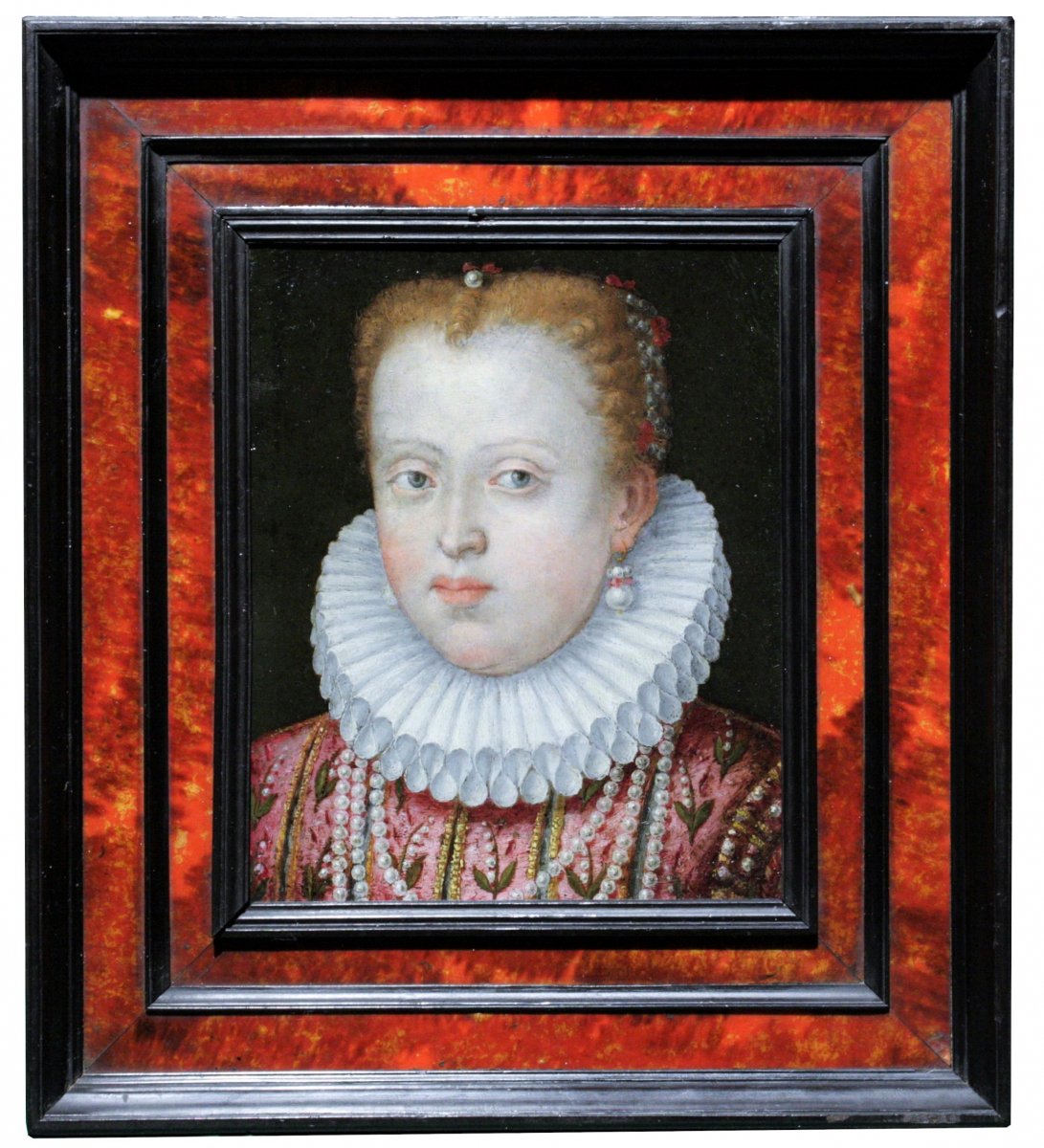
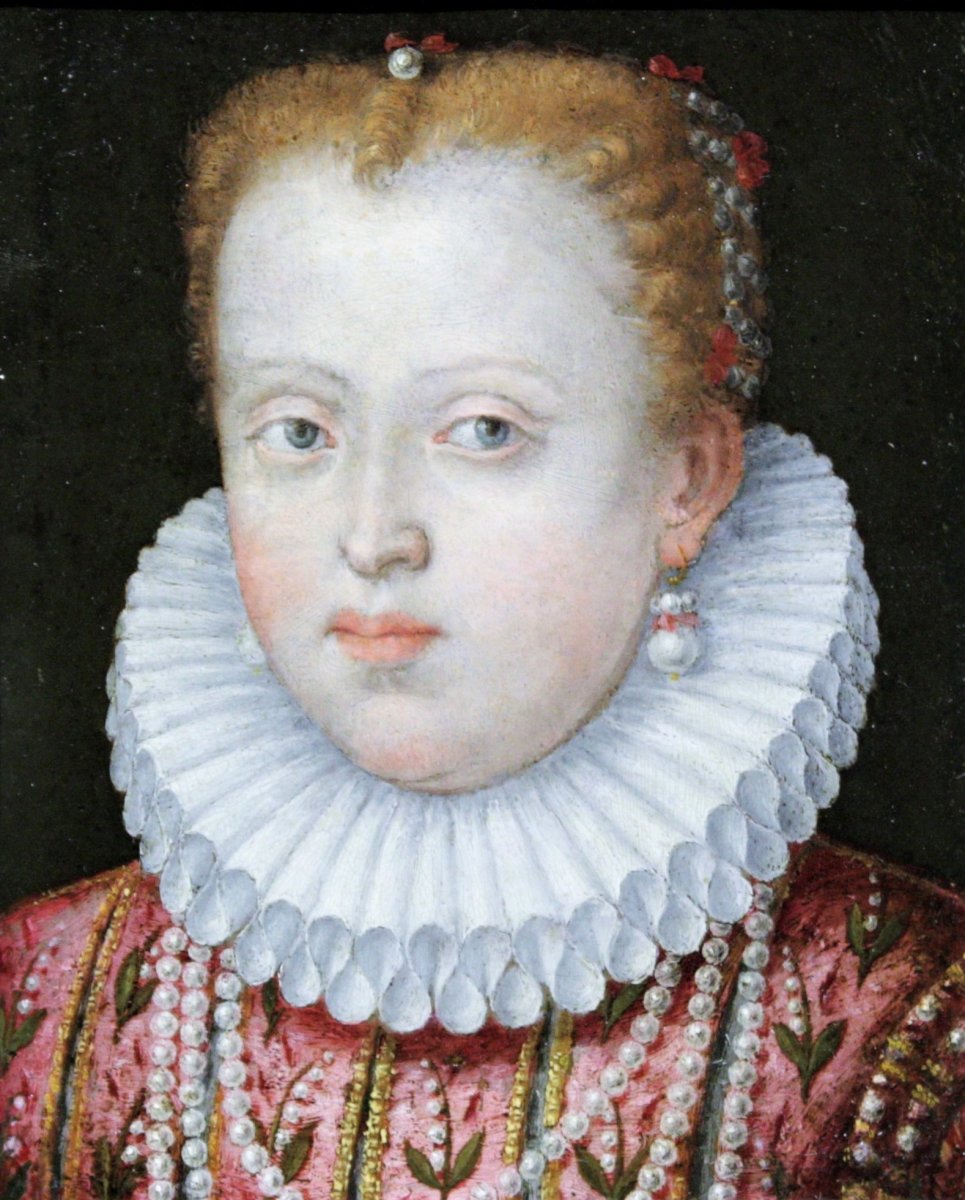
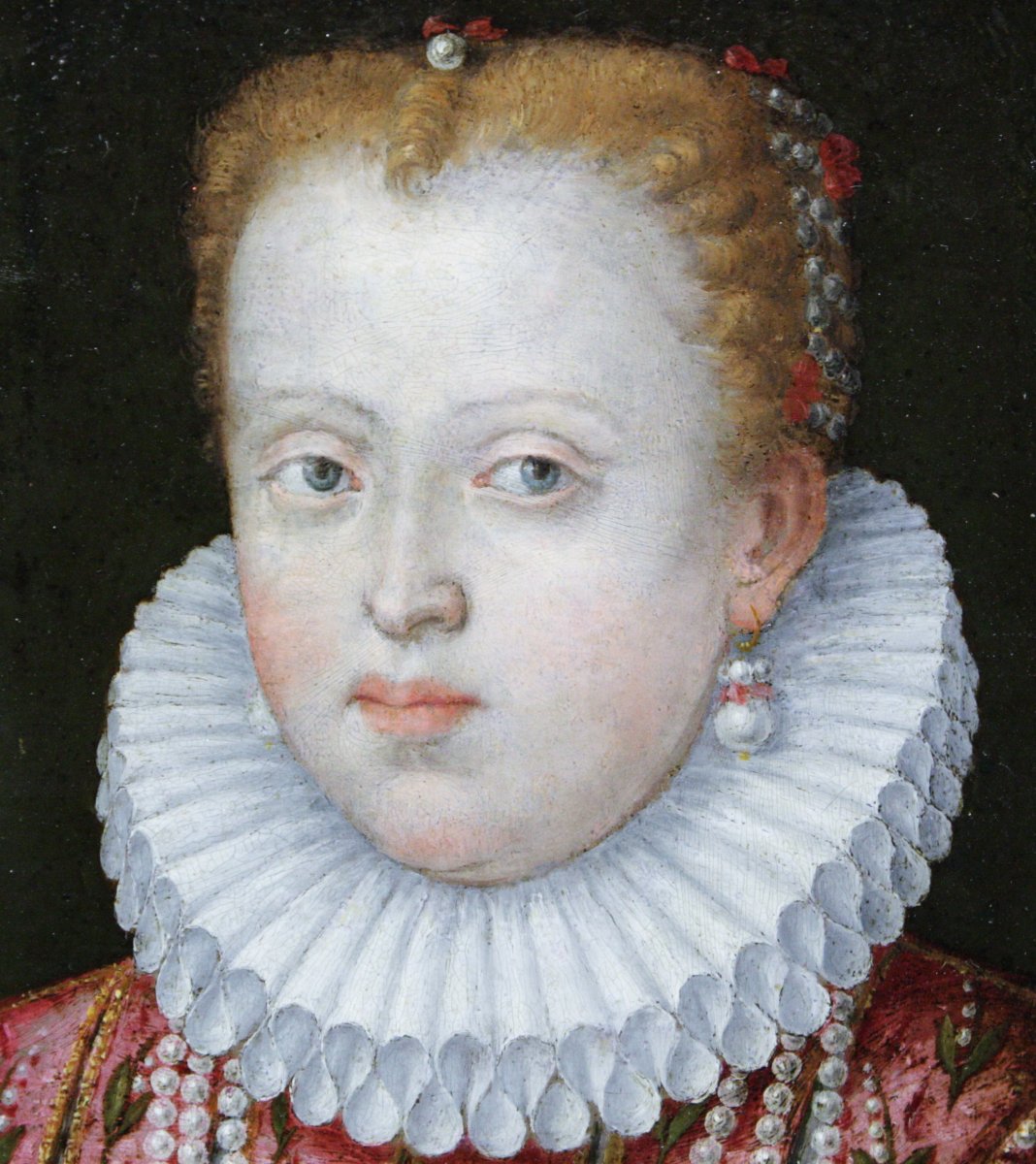
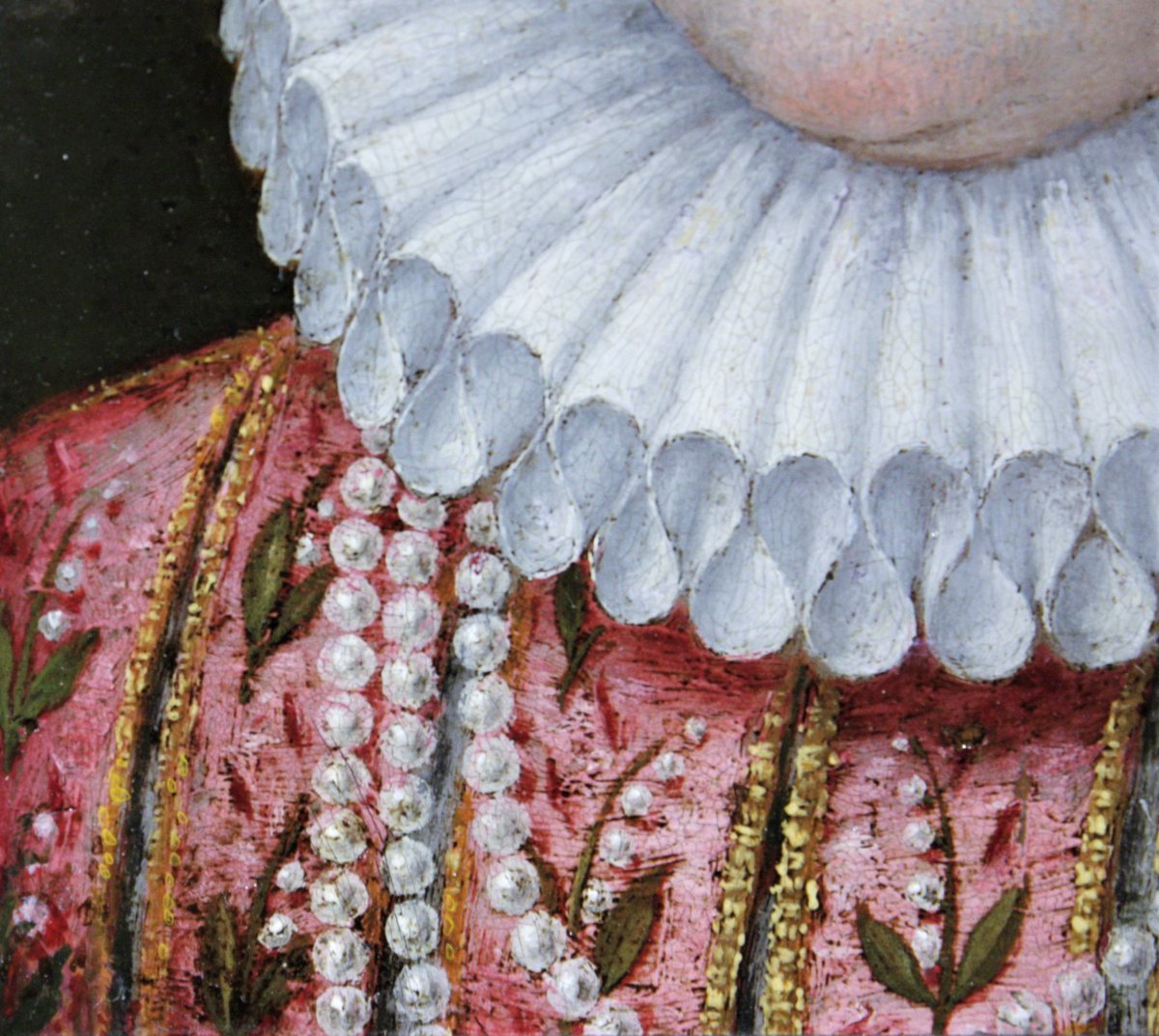
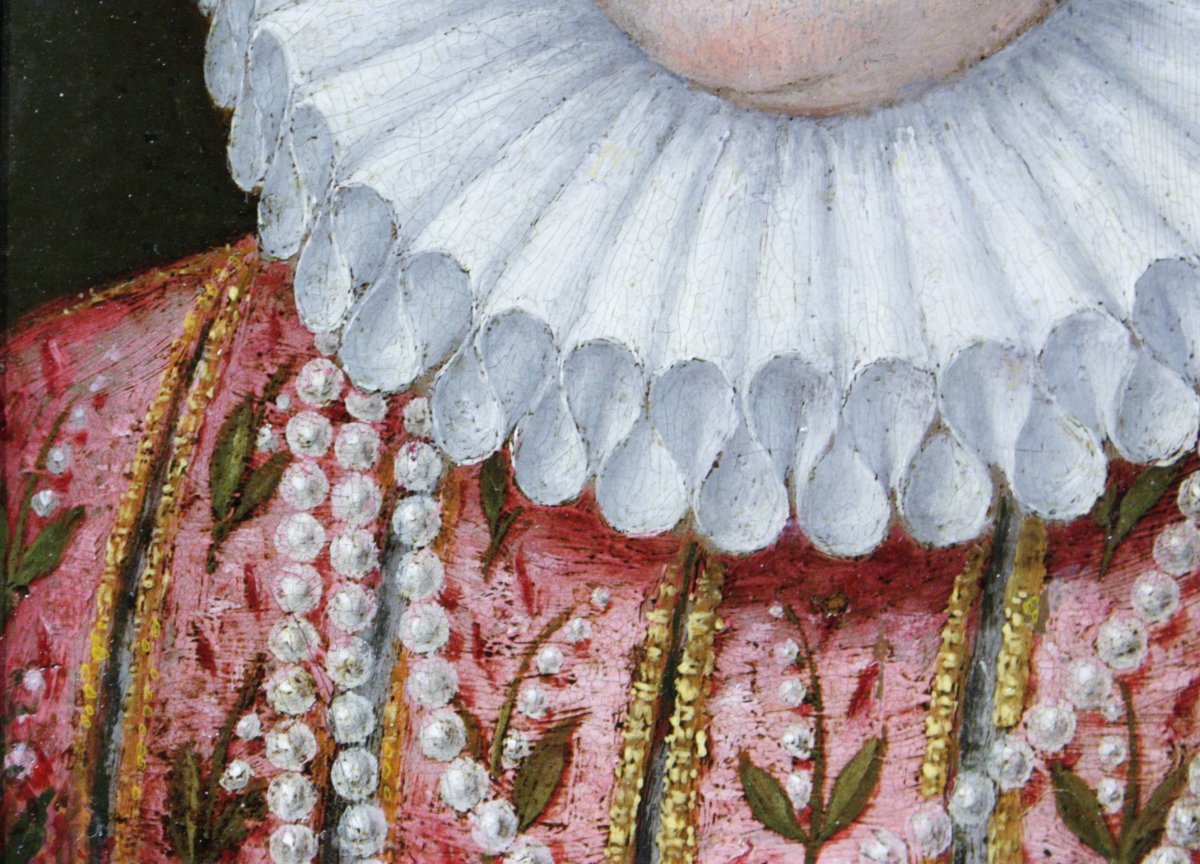
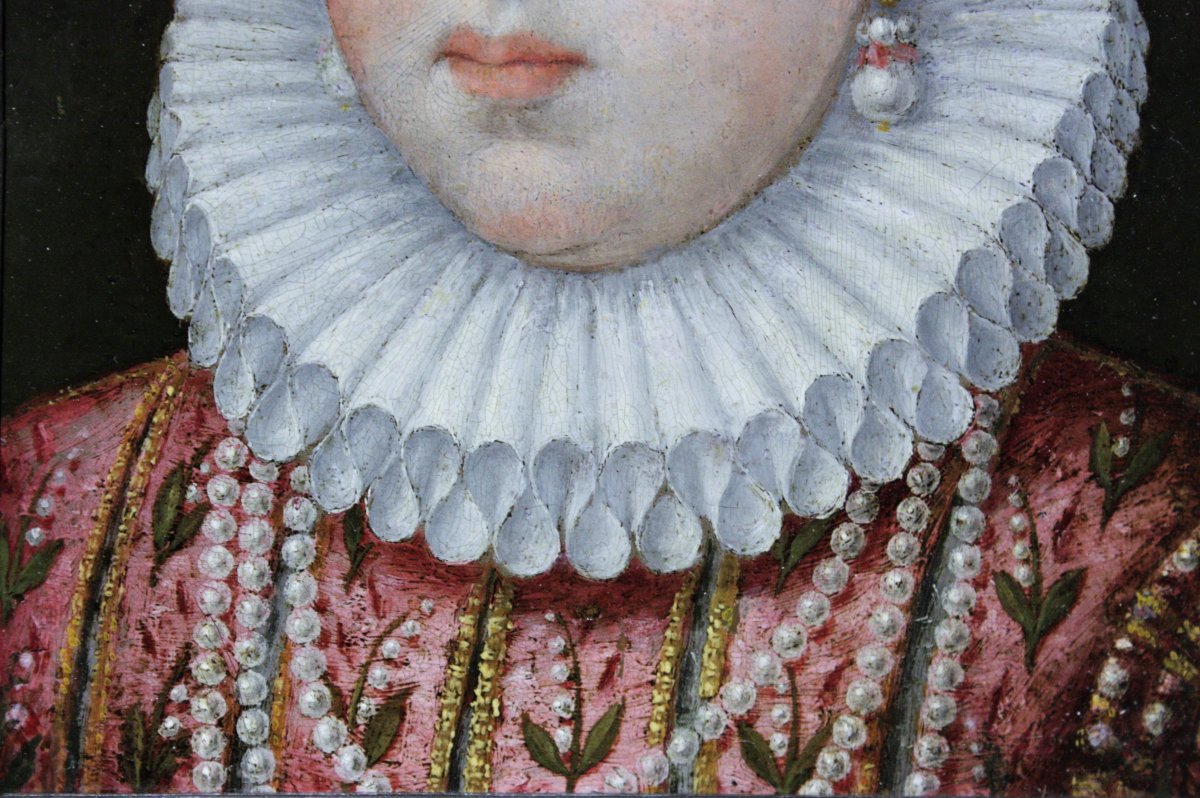
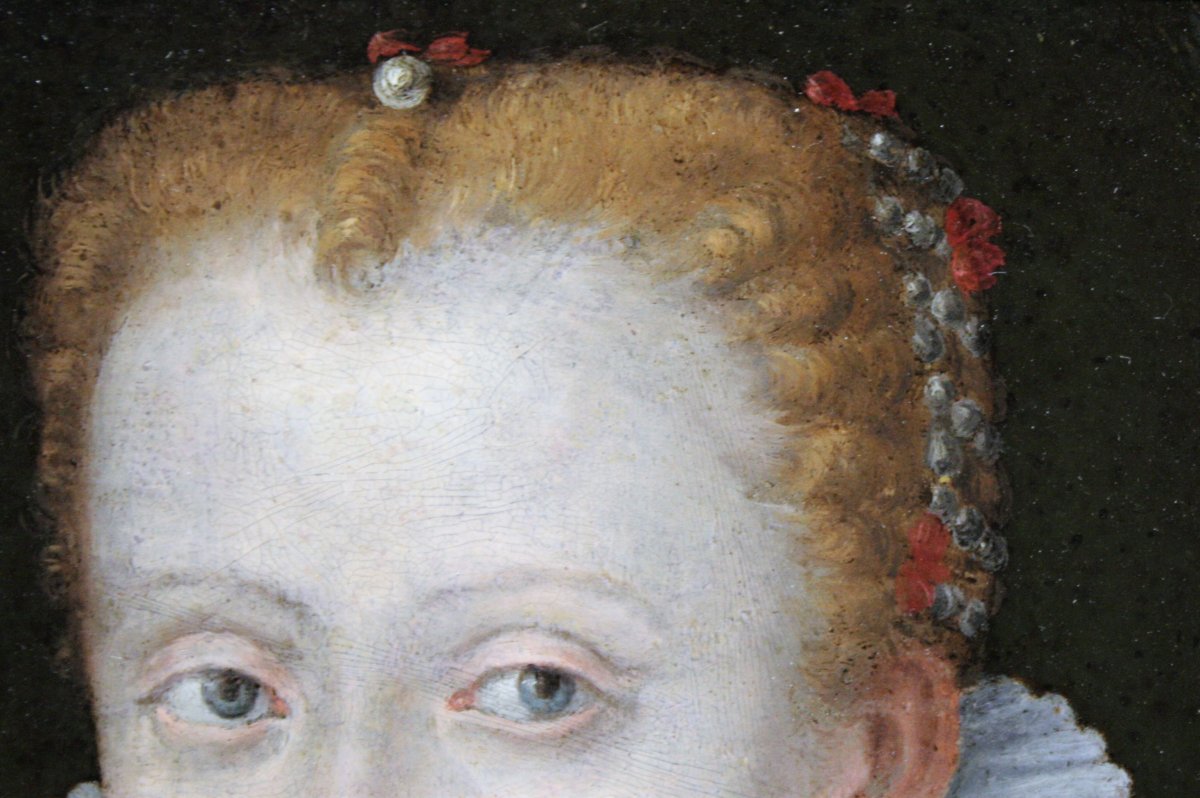
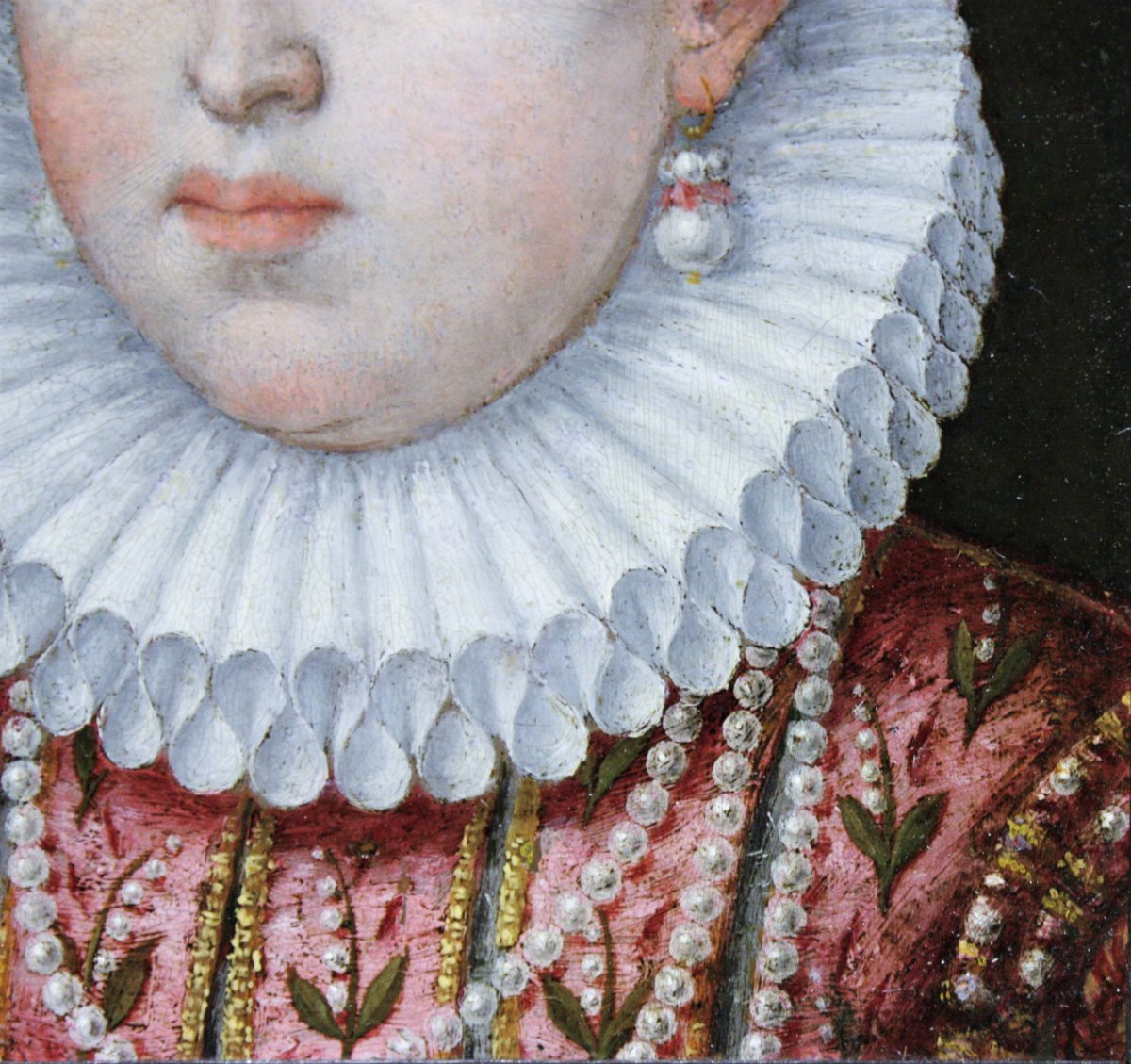


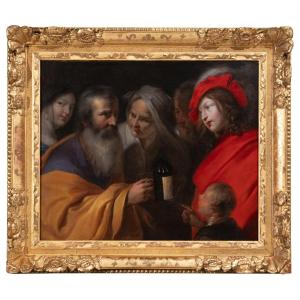
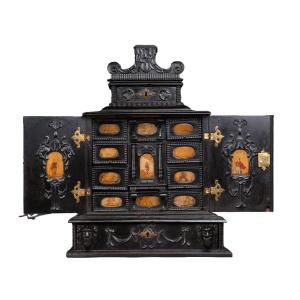

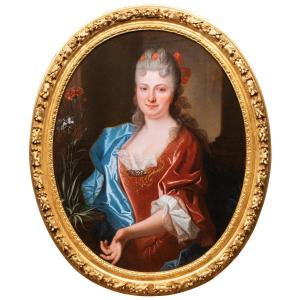

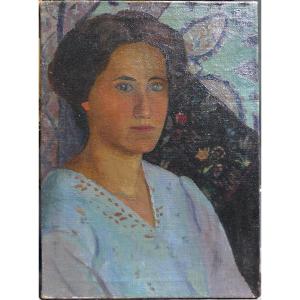
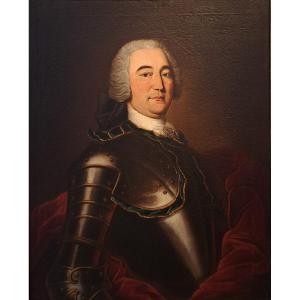







 Le Magazine de PROANTIC
Le Magazine de PROANTIC TRÉSORS Magazine
TRÉSORS Magazine Rivista Artiquariato
Rivista Artiquariato
